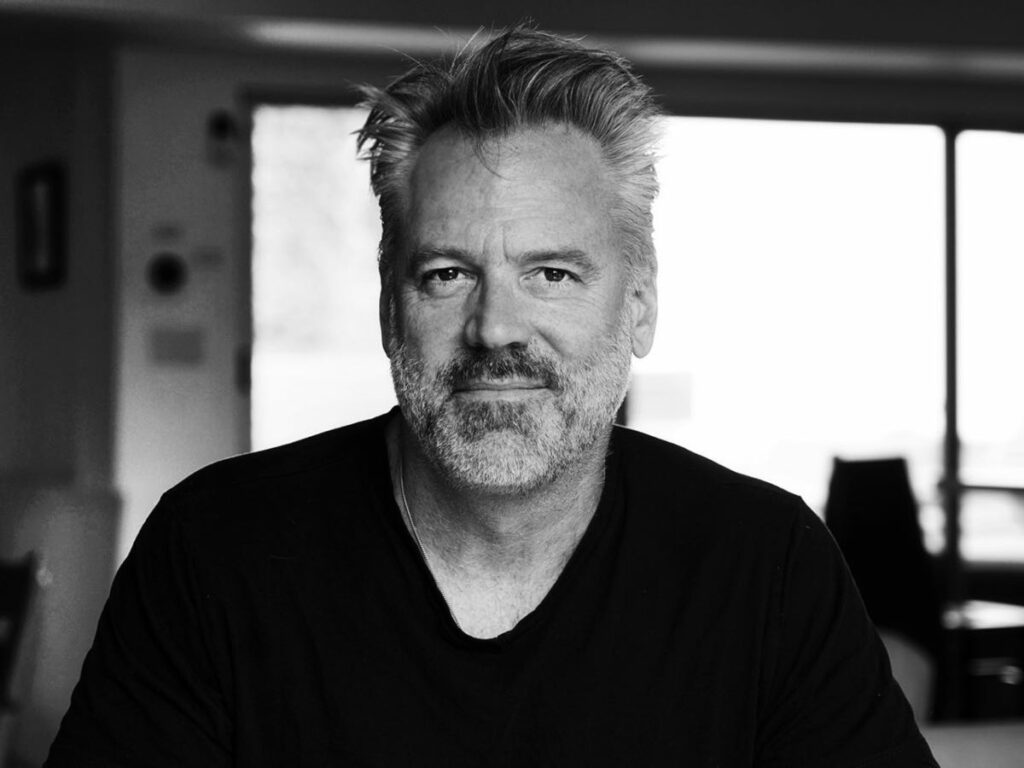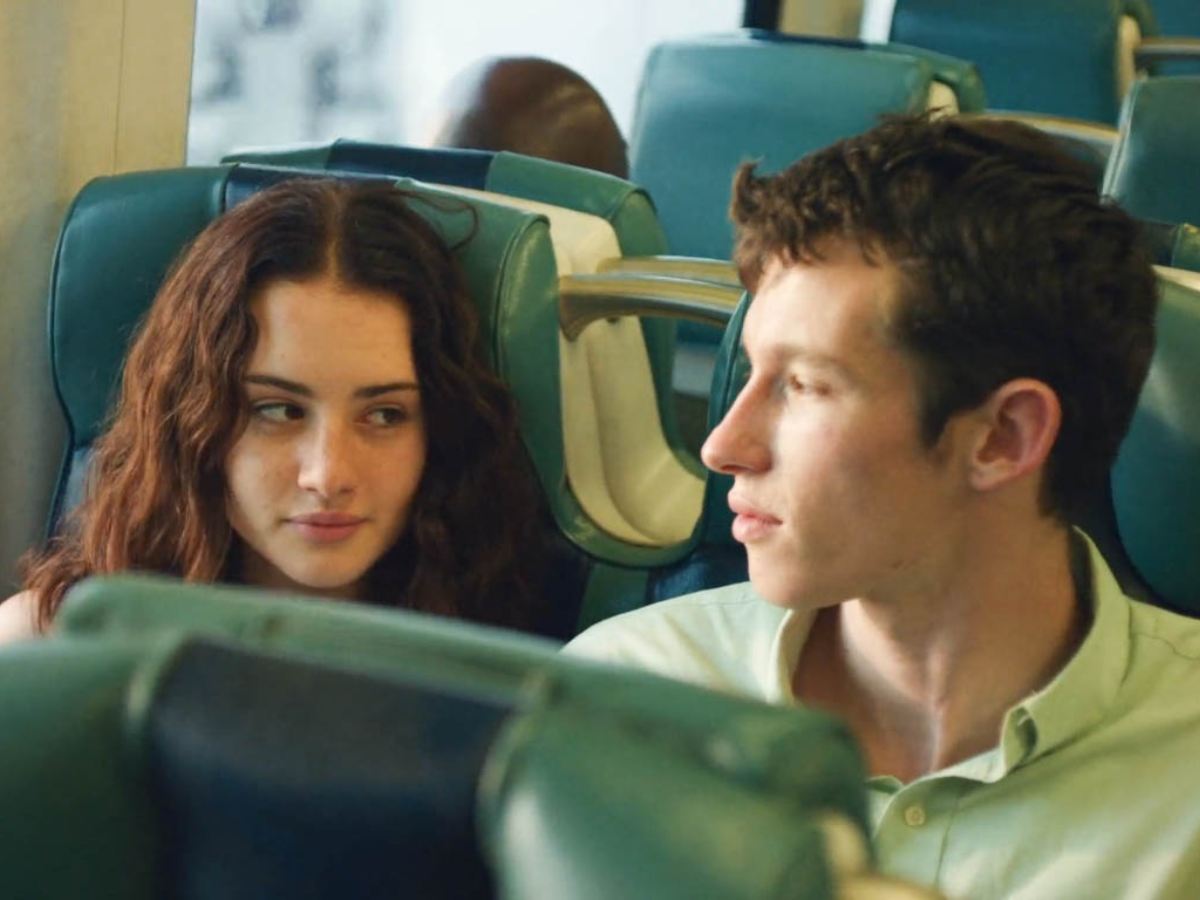It goes without saying that filmmaking is a thoroughly visual medium. Artists, amateurs and cinema lovers alike will agree that what makes a good film better and a great film outstanding is the distinct visual language the story employs. It can communicate without words, conveying information and underlining key moments with just the simplest glance and innovative framing techniques. It is one of the most valuable tools that artists have at their disposal to create an engrossing story.
As a young filmmaker, there is nothing more exciting than learning from the best in the business. We are excited to share 10 pieces of wisdom from some of the most well-known and respected cinematographers in the world. These tips will help you elevate your filmmaking skills and take your work to the next level. So without further ado, let’s get started!
Cinematography is not about cameras and lenses. It’s about storytelling.
– Wally Pfister, (Inception, The Dark Knight)
This first tip comes from Wally Pfister, known for his collaborations with Christopher Nolan, and cinematographer for blockbuster hits like The Dark Knight. As he so eloquently puts it, cinematography is all about moving the story forward. It’s not about the gear you use or the techniques you employ. It’s about using your visuals to convey a story that engages your audience. So always keep this in mind as you’re shooting and framing your shots. Grand stylistic choices are well and good, but they must always be in the service of the story.
WATCH: 11 Stunning Examples of Visual Storytelling
There are no rules in filmmaking, only sins.
– Robert Yeoman (The Grand Budapest Hotel, The Darjeeling Limited)

This advice from Robert Yeoman, the cinematographer for Wes Anderson classics, perfectly sums up his whimsical and eclectic stylistic choices. Yeoman has been the eye behind many of the symmetric frames that we now expect from an Anderson film. To that end, Yeoman uses many classic techniques that cinematographers swear by. For example, he uses sunlight as backlight, or to highlight the contours of the actor and the scene setting. He professes: “I hate it when the sun’s in the front.”
As he says, there are no hard-and-fast rules in filmmaking, only sins. So don’t be afraid to experiment and try new techniques to see what works best for your story. However, if something is not working out for you, don’t hesitate to start anew, regardless of conventional wisdom.
Get close to the action.
– Jeff Cronenworth, (Fight Club, Gone Girl)
This wonderfully pragmatic advice comes from Jeff Cronenworth, who has shot films like Fight Club, that demand complete immersion in the scene’s intensity. He recommends getting up close and personal with the action whenever possible. This will help you capture the intensity and emotion of the scene while also avoiding any pesky distortion from long lenses. When you’re close to the action, you can also use shallow depth of field to keep your subject in focus and create a more intimate feeling. So next time you’re shooting, try zooming in as much as possible for a more visceral experience.
Light is emotion.
– Linus Sandgren, (La La Land)
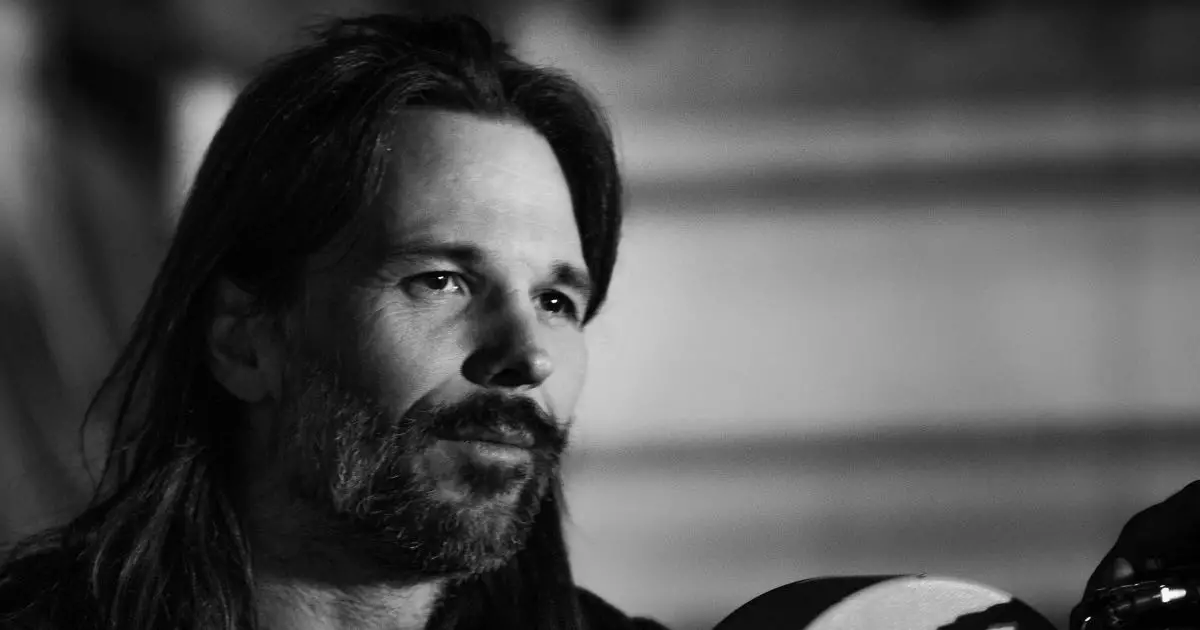
Cinematographer Linus Sandgren has been wowing audiences with his ethereal and colourful visuals in films like La La Land and American Hustle. The many-hued frames of his films have this simple idea at heart: light is emotion. What he means by this is that light is one of the most powerful tools an artist has to evoke an emotional response from their audience. For example, he combined moody, colourful light with long camera movements to create a rhythm and musical feel for the dance sequences in La La Land.
As such, it’s important to use light to your advantage and create visuals that are evocative and emotive. So next time you’re shooting, think about how you can use light to convey the feeling of the scene.
You have to see in order to know what to shoot.
– Hoyte Van Hoytema (Dunkirk, Spectre)
This short, yet necessary tip comes from Hoyte Van Hoytema, who has shot some of the most engaging and fast-paced films of recent years like Dunkirk and Spectre. His advice is simple but profound: you have to see in order to know what to shoot. In other words, before you even start filming, you need a strong sense of visual grammar and an understanding of how to use light and composition to your advantage. This will help you frame your shots more efficiently and effectively, saving time and money in the long run.
Check out Hoytema’s work and his collaboration with Nolan here:
Get close, but not too close.
– Christopher Doyle (In the Mood for Love)
Christopher Doyle is a master of capturing emotion in his visuals, as seen in films like In the Mood For Love and Chungking Express. Known for his many collaborations with director Wong Kar Wai, his films weave a spell of romance and intimacy. His advice is to get close, but not too close. According to him, a cinematographer should get up close and personal with your subjects whenever possible, but be careful not to cross the line into uncomfortable territory. If you’re too intrusive or pushy with your subjects, they’ll likely start to feel uneasy and the magic of the scene will be lost. So next time you’re shooting, try to get close without crossing that line.
This scene here from Chungking Express is a great example:
Editing is more important than cinematography
– Bill Pope (The Matrix, Shang-Chi and The Legend Of The Ten Rings)
Bill Pope, who has worked on some of the most iconic and visually advanced films of the past few decades, believes in the capacity of effective editing to piece together a story. Now, this is more essential to the process in some genres than others, such as action, fantasy or thrillers. Pope advocates for an effective collaboration between two crucial processes of filmmaking, suggesting that editing is more important than cinematography. What he means by this is that a great edit can make up for any shortcomings in the cinematography, while a great shot can be ruined by a bad edit. As such, it’s important to focus on both aspects of filmmaking equally if you want to create an effective final product.
Don’t let the camera get in the way.
– Matthew Libatique (Requiem for a Dream, A Star is Born)
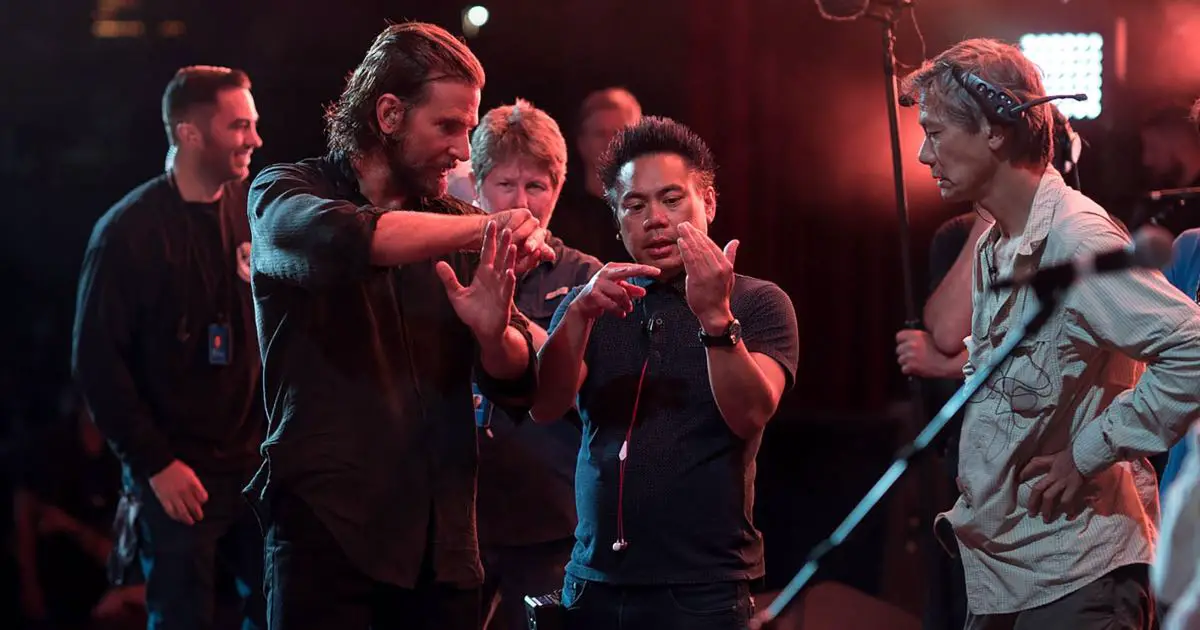
Matthew Libatique is a master of capturing emotion in his visuals, as seen in his collaborations with Darren Aronofsky, particularly Requiem For A Dream. His reputation as an experimental cinematographer was shaped by his early years tinkering with his skills and tools. A testament to his unconventional style, his advice is to not let the camera get in your way. It is important, he opines, to not stick to a rulebook and constantly look for change and betterment, whether it be in camera angles, lighting, or scene setting. What he also holds as important is to always be aware of what’s going on around you when shooting because “any distraction could ruin an otherwise great shot.”
Always be prepared for the unexpected.
– Emmanuel Lubezki (The Revenant, Birdman)
One of the most celebrated cinematographers in the world, Lubezki’s work espouses a sophisticated, naturalistic approach to the characters in the scene. One only needs to look at his work with auteur filmmakers like Terence Malik to spot his craft at work. Having won three consecutive Academy Awards for his work on Gravity, Birdman, and The Revenant, his advice is to always be prepared for the unexpected. One should never go into a shoot without accounting for all kinds of scenarios. This could mean unpredictable weather conditions, actors who don’t show up, or last-minute changes to the script. By being prepared for anything that could happen, you’ll be able to handle any situation that comes your way.
So next time you’re shooting, make sure to go over everything beforehand and be ready for any surprises that might come your way.
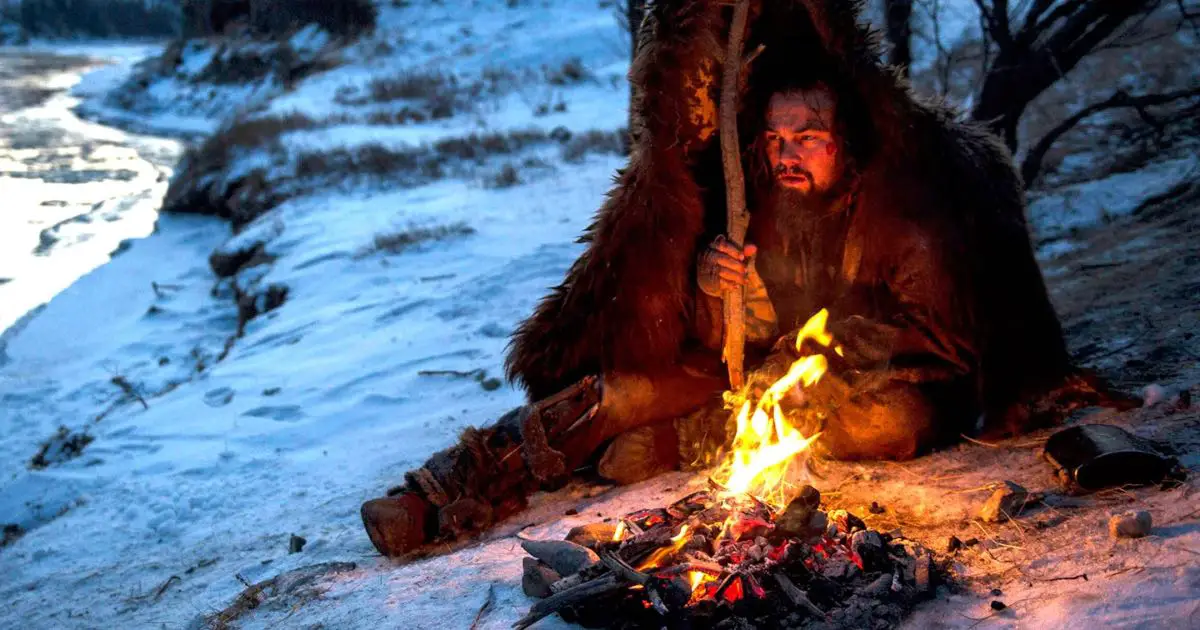
Story is king.
– Anthony Dod Mantle (Slumdog Millionaire)
Anthony Dod Mantle’s affinity for effortless realism has made a name for itself in the world of cinema. With his signature style of handheld cinematography and his preference for shooting digitally, his prowess is on full display in Slumdog Millionaire. The frantic energy of Mumbai’s slums comes alive in the film – Mantle has said that he wanted to be “thrown in the chaos as much as possible.”
His advice is simple but important: story is king. No matter how visually stunning a film may be, it will only work if there’s a compelling narrative at its core. Every shot must serve some purpose within the context of the plotline. This can be done through clever camera angles or lighting techniques that emphasise the emotional gravity of a scene. To that end, a cinematographer’s goal must be to combine striking visuals with the story, instead of simply conveying a plethora of images.
If it works, do it again.
– Roger Deakins (Blade Runner 2049, No Country For Old Men)
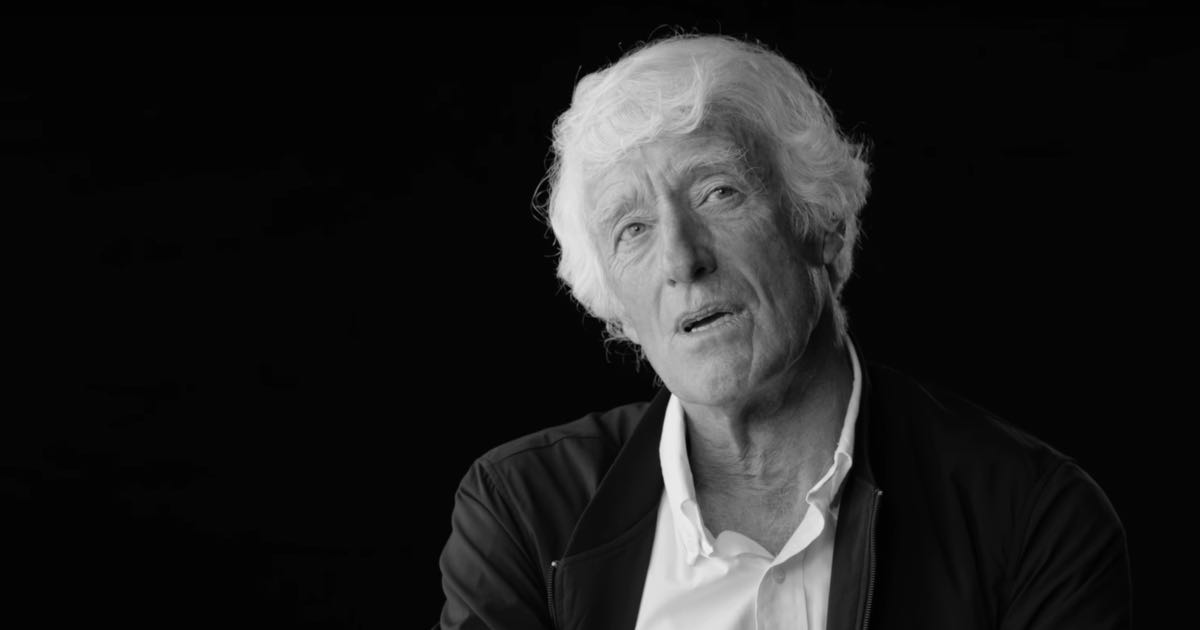
Deakins is one of the most celebrated cinematographers in film history with an astounding fifteen Academy Award nominations under his belt. His advice? If something works, he says – do it again! This means if you’re able to capture a great shot or sequence in your first take then try repeating that same process for every subsequent take until you feel like there’s nothing else to be done (or at least until). It’s important not only because it will save time on set but also because each repeated attempt will improve upon the original cinematography. This may sound tedious, but as they say, practice makes perfect.
You only have one chance to get it right.
– Rachel Morrison (Black Panther, The Paperboy)
Rachel Morrison is a rising star in the world of cinematography. She has received widespread acclaim for her collaborations with Ryan Coogler, particularly her work on Black Panther. Her advice is simple but sage: you only have one chance to get it right. If something goes wrong while filming then there’s no going back. This could mean anything from making sure your camera batteries are charged up before shooting begins all the way through having an extra pair of lenses in case one breaks during production time (or even worse). It also means that each scene should be rehearsed and blocked as best as possible before rolling the camera. By following these simple tips, you’ll minimise the chances of something going wrong during filming.
It’s all about immersiveness and trying to bring audiences into the experience of a character.
– James Laxton (Moonlight, If Beale Street Could Talk)
James Laxton is a master at creating intimate and emotionally charged films and his cinematography has been praised for its unique visual storytelling. His advice? Start with creating an atmosphere of intimacy and cinematic immersion. According to him, you should always have a specific vision in mind for each scene before shooting, be it through storyboards or shot lists. This will help keep your filming on track and ensure that every shot within a scene works together to convey a narrative that keeps the viewer engrossed in the experience of a character. By following this simple tip, you’ll be able to create cohesive cinematography that flows smoothly from one scene to the next.
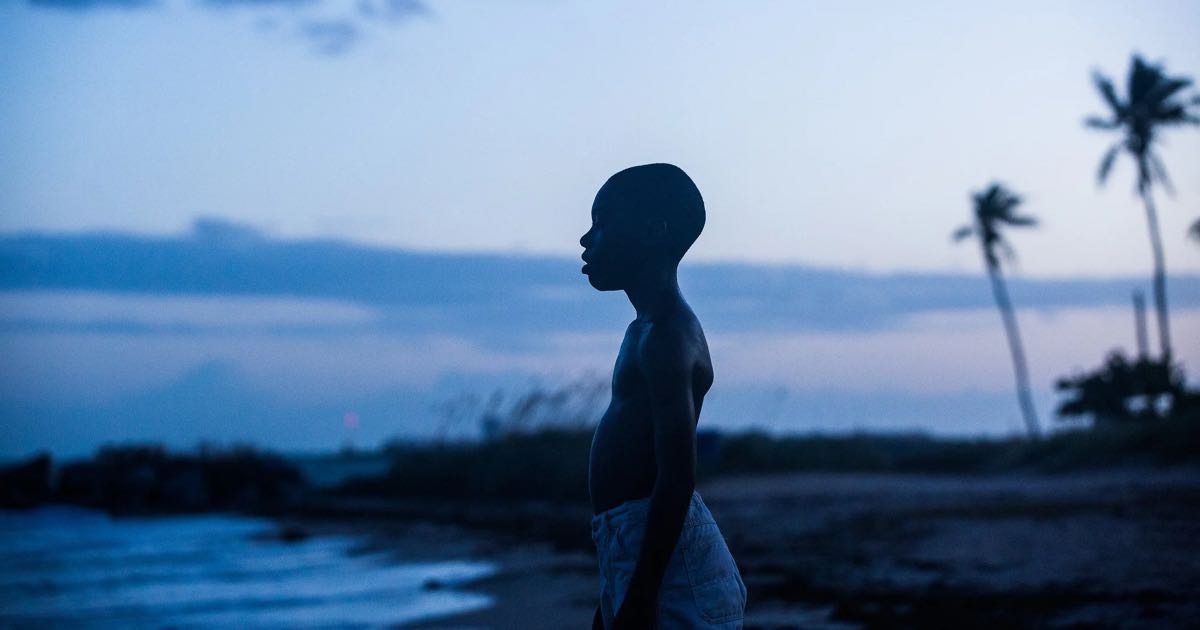
Here we are then! We hope these pieces of advice from celebrated filmmakers and artists will inspire you to develop your skills and get going! Remember, cinematography is an evolving field, and it is up to the creator to bring something new to the table. With these tips ranging from lighting to editing, the idea is to create a medium that combines time-tested techniques with fresh innovations to create something completely unforgettable. So, what are you waiting for?
Which of these did you find the most useful? Let us know in the comments below!

